QuestionHello, I breed my own Leopard Geckos and I currently use All Living Things brand of white Calcium Sand for a substrate for my three females that are in a 40 gallon reptile tank. I recently got a new tank that is the same size and I am debating on the substrate. I have never had any problems with the calcium sand that I am using now. It is not super fine and is about 1/5th to 1/8th of the size of aquarium gravel. My Geckos have never had a problem with it and seem to like the texture of it. In my new tank though, I have been thinking of putting Zilla's Desert Blend Ground English Walnut Shells. I know that there is crushed walnut shells out there that have sharp edges and that are much larger. The Ground walnut shell substrate that I am looking at using is fine and much smaller than the calcium sand I am using.
I wanted to know your perspective on what I should use. I don't like the look of slate or tile in the bigger terrariums just because i feel it takes away from the effect of the big open space for them to explore on and i feel that loose substrate would be much more comfortable than hard tile. Plus when they are gravid they wont have anywhere but a hide-box to dig around in. I feel that it gives the leopard gecko more freedom to dig around all over the cage and choose where to lay her eggs verses just giving her one option. I do use Repti-Carpet for the two ten gallon tanks I have for the hatchlings and the male to have a home in, though.
But anyways, I have heard a lot of debate about the bacteria buildup in the Ground Walnut Shell, as well as impactation, and eye problems. Now it seems like a lot of people see walnut shells and automatically thing crushed big pieces. This is not the case, what I will be using is the sand-like, Ground Walnut Shells.
Thank you for everything in advance!
-Josef
AnswerI'm sorry, but I feel that particulate substrates are an unnecessary danger for leopard geckos, and could not recommend a single one of them. Calcium sands are particularly hazardous, as tests show they do not dissolve in the intestinal tract well, and their mineral content increases the risk of the gecko deliberately eating the substrate.
In the wild, leopard geckos live in rocky scrubland regions, with hard-packed earth, grasses, and shrubs. They don't live on loose sand. If you want the most natural sort of environment, you could take vermiculite and perlite-free organic potting soil, moisten it well, pack it down hard in the enclosure, and then let it dry. Messy, but natural. Apart from that, cage carpet, newspaper, paper towel, or tile are what I would recommend.

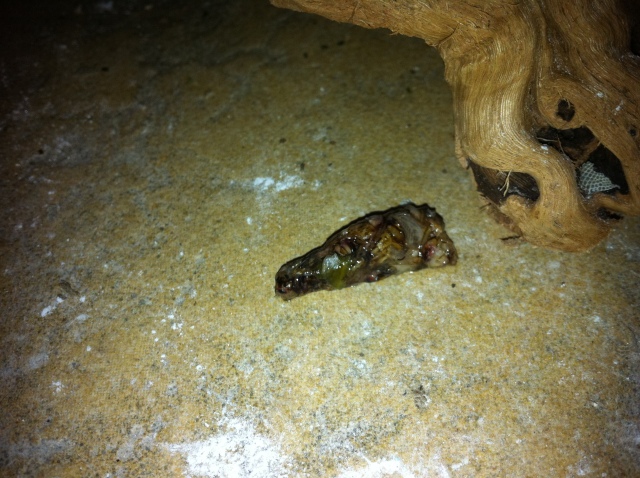 Beardies poop
Question
Fecal
Hi Diane,She just had another bowl movem
Beardies poop
Question
Fecal
Hi Diane,She just had another bowl movem
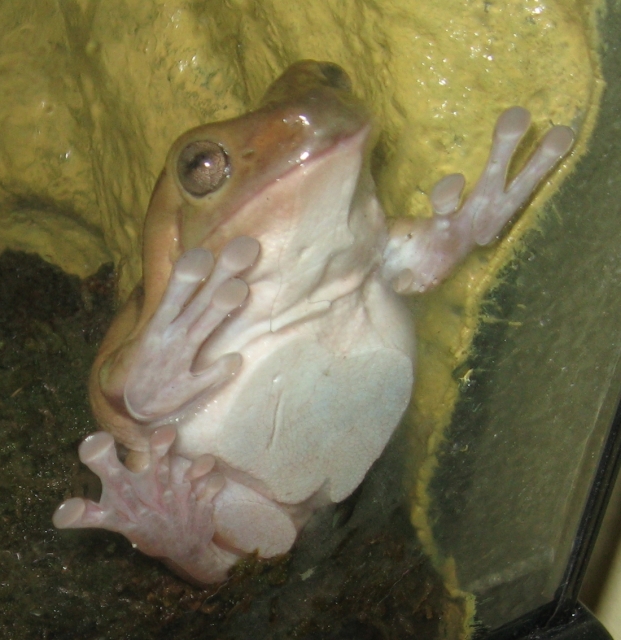 dumpy tree frog eating habits
QuestionAre her feet normal?
QUESTION: I have ba
dumpy tree frog eating habits
QuestionAre her feet normal?
QUESTION: I have ba
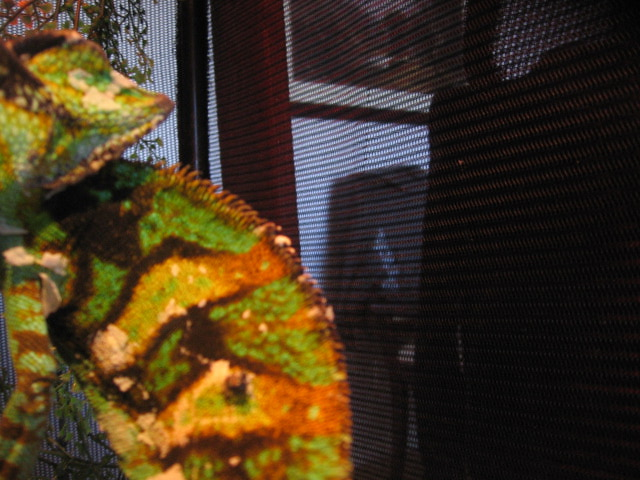 Spot on my chameleon
Questionblack mole
black mole
QUESTION: M
Spot on my chameleon
Questionblack mole
black mole
QUESTION: M
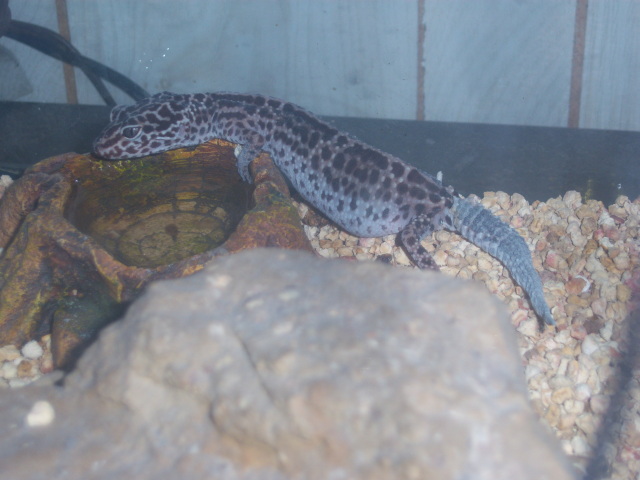 african fat tailed leopard gecko
QuestionQUESTION: My son got Lizzie from my aunt after
african fat tailed leopard gecko
QuestionQUESTION: My son got Lizzie from my aunt after
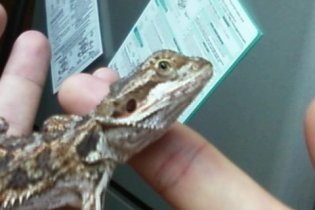 Lower jaw color
QuestionQUESTION: Hi again. I have yet another question
Lower jaw color
QuestionQUESTION: Hi again. I have yet another question